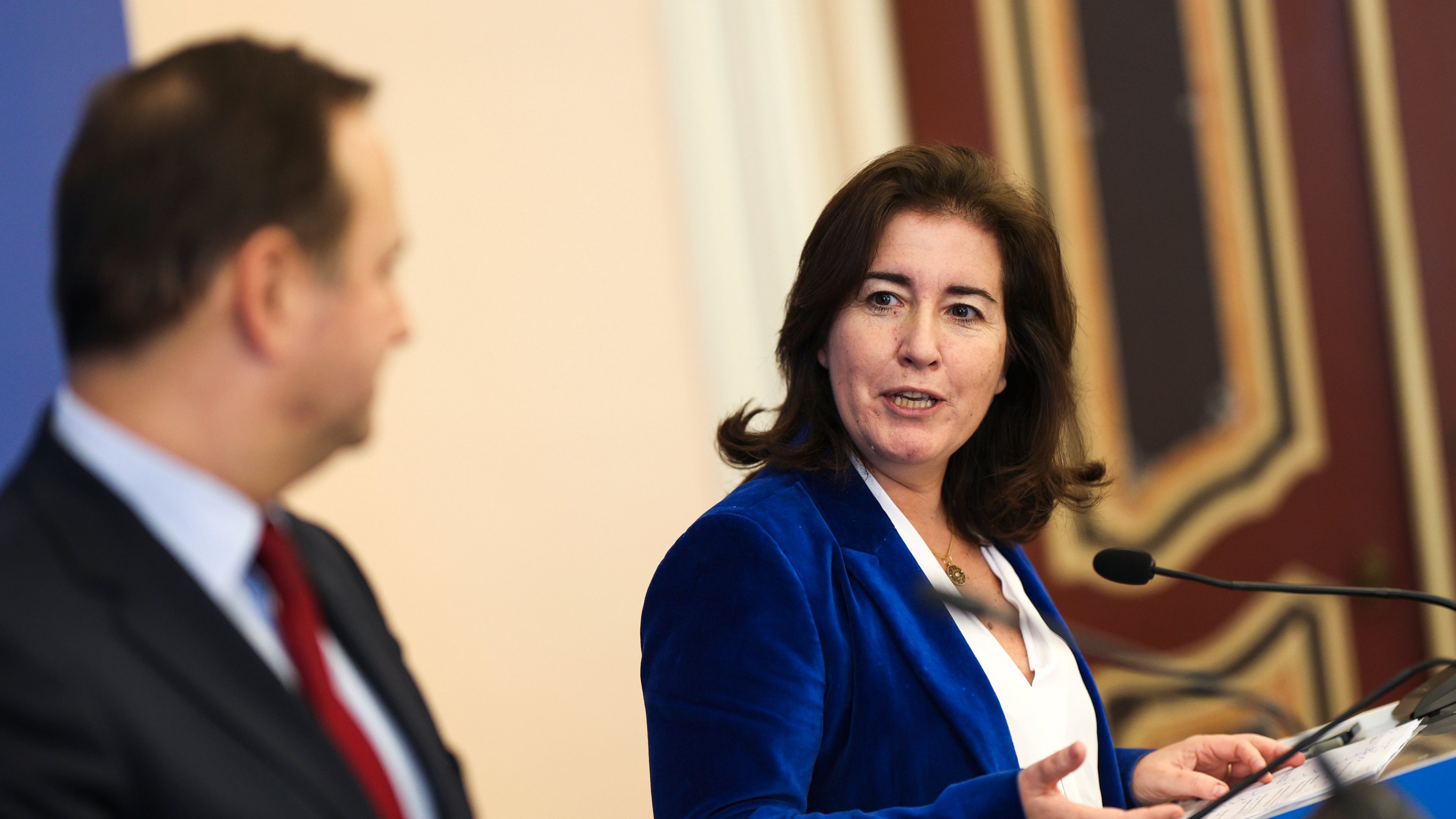(Under update)
The Ministry of Labor says that the precariousness rate is decreasing: it reached 16.2% in 2022, when in 2015 it was 22%. But Ana Mendes Godinho acknowledges that “there is still a lot to be done” in order to attract and retain talent. This has to be a “joint commitment”.
The data was released during a press conference summarizing activities in the areas of economy, public finance and employment. According to the minister, precarious contracts receive, on average, 75% of permanent contracts.
This year, he indicated, Portugal reached a record number of workers with permanent contracts: 3.5 million people, 100,000 more compared to 2021 and 586,000 more compared to 2015. There are, at the same time, 20,000 less workers with fixed-term contracts, therefore precarious, compared to 2021.
Regarding unemployment, Ana Mendes Godinho highlights that it reached the lowest number in history, in 2022 (5.8%). This has an effect on salaries, which on average increased 5% until November, in the case of salaries declared to Social Security. The Government’s argument is that the increase in the minimum wage has increased average wages.
144,000 foreigners want to come to work in Portugal
In two months, 144,000 foreigners registered with the Employment and Vocational Training Institute (IEFP) to come to work in Portugal, as reported this Friday by the Minister of Labor, Ana Mendes Godinho.
During the last year several mobility agreements were established, among them with Morocco, Cape Verde and India, “so that the reception and integration of workers is done in an organized way, with decent work. A new visa to look for work was also created.
In the last two months, 144,000 foreigners registered with the IEFP, “indicating their willingness to come to work in Portugal”. According to the minister, in November of this year, 630,000 foreigners were registered (and therefore discounted) in Social Security. In 2015, there were 100 thousand. This evolution “well shows the change in the way we look at foreigners in Portugal”.
Source: Observadora
